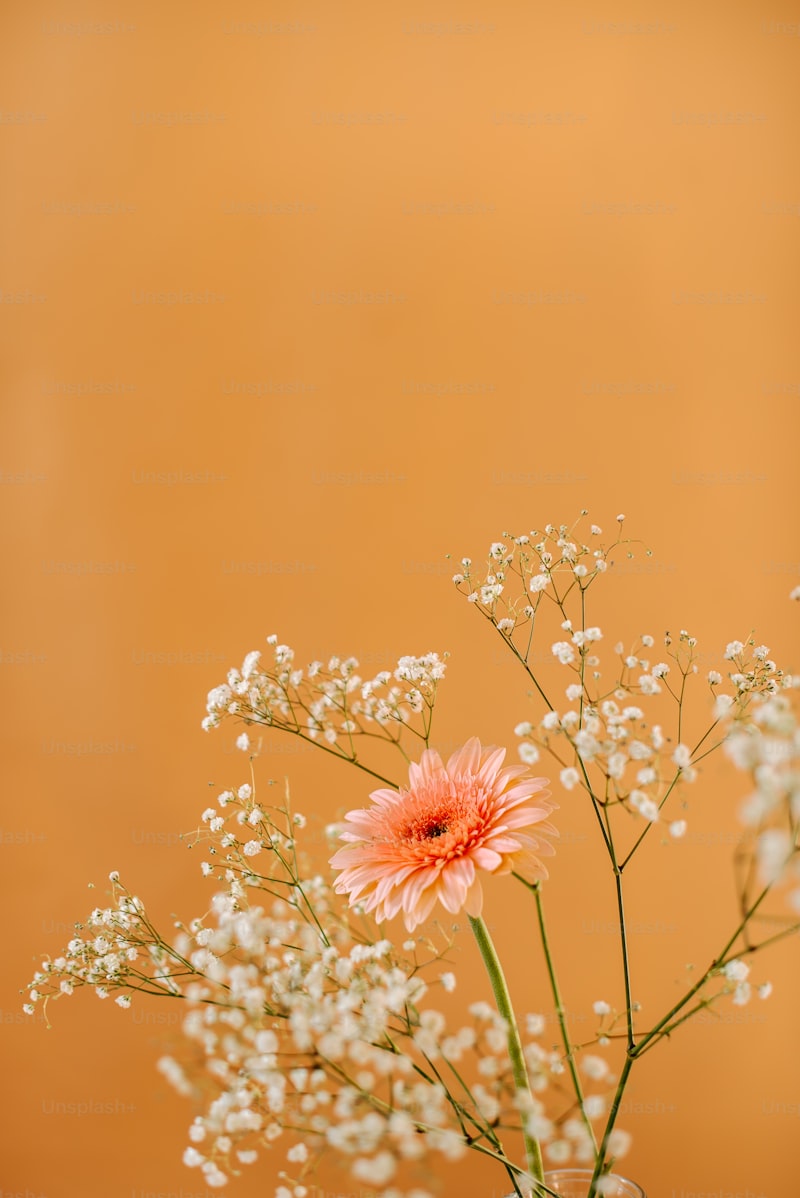Essential Floral Photography Tips for Capturing Stunning Flower Images
Floral photography is a beautiful blend of art and nature, allowing photographers to capture the delicate beauty of flowers in various forms. Whether you are a beginner or a seasoned photographer, understanding the essential floral photography tips can greatly enhance your skills and the quality of your images. In this article, we will explore some valuable pointers to help you take stunning flower photographs that truly reflect their beauty.
Understanding the Basics of Floral Photography
Before diving into specific tips, it is crucial to grasp the fundamental principles of photography. This includes understanding exposure, aperture, and composition. Here’s a quick overview:
| Term | Definition |
| Exposure | The amount of light that reaches your camera sensor, affecting brightness. |
| Aperture | The opening in your lens that controls the amount of light coming in; a wider aperture blurs the background. |
| Composition | The arrangement of visual elements in your photo, guiding the viewer’s eye. |
Choosing the Right Equipment
The equipment you choose plays a significant role in floral photography. Here are some essential items to consider:
- Camera: A DSLR or mirrorless camera is ideal for floral photography due to their versatility and ability to change lenses.
- Lenses: Macro lenses are a must for capturing minute details of flowers, while telephoto lenses help in capturing distant subjects without disturbing the scene.
- Tripod: A sturdy tripod stabilizes your camera, allowing for longer exposures, which is especially useful in low light conditions.
- Lighting Equipment: Natural light is often best, but having reflectors or portable flash can help manage shadows and enhance colors.
Best Times to Photograph Flowers
Timing is critical when it comes to floral photography. Here are some tips regarding the best times for capturing flower images:
- Golden Hour: The hour after sunrise and before sunset provides soft, golden light, making colors pop and reducing harsh shadows.
- Overcast Days: Cloudy weather diffuses sunlight, eliminating harsh contrasts and enabling deeper colors.
- Morning Dew: Early mornings often present flowers adorned with dew, adding an enchanting quality to your images.
Composition Techniques for Flower Photography
Composition can make or break your floral photography. Here are some techniques to consider:
Rule of Thirds
The rule of thirds suggests dividing your image into three equal parts horizontally and vertically. Placing flowers at the intersection points can create a more balanced and appealing composition.
Leading Lines
Using natural lines such as pathways or stems can guide the viewer’s eye towards the flower, creating a sense of depth in your image.
Background Choices
A cluttered background can distract from your subject. Opt for soft, blurred backgrounds that enhance the flower's beauty while keeping the focus on it.
Utilizing Lighting to Enhance Flower Photography
Lighting is perhaps one of the most critical elements of photography. Understanding how to manipulate natural and artificial light can transform your images:
- Backlighting: Shooting towards the light source can create a glowing effect behind the petals, enhancing the flowers' vibrancy.
- Reflectors: Use reflectors to bounce light back onto the flower, illuminating darker areas without altering the overall scene.
- Diffusers: On sunny days, a diffuser can soften harsh light, helping to reduce shadows and enhance color saturation.
Post-Processing Tips for Floral Photography
Post-processing can significantly improve your floral images. Here are some basic steps to follow:
- Adjust Exposure: Correct exposure settings to ensure that your image is neither too bright nor too dark.
- Enhance Colors: Use saturation and vibrancy tools to make the flowers’ colors pop while ensuring a natural look.
- Crop for Composition: Don’t hesitate to crop your images to follow composition rules more closely; it can often lead to a more compelling final photograph.

Summary and Final Tips
Floral photography is an art that combines nature, skill, and creativity. By mastering various techniques and understanding the nuances of light, composition, and equipment, photographers can take stunning flower images that leave viewers breathless. Here are a few final tips:
- Experiment with different angles and perspectives for unique shots.
- Be patient and wait for the right moment to capture the perfect shot.
- Always be mindful of your environment and try to respect nature as you photograph.
As you embark on your floral photography journey, remember that practice is key. The more you experiment and refine your skills, the better your images will become. Happy shooting!